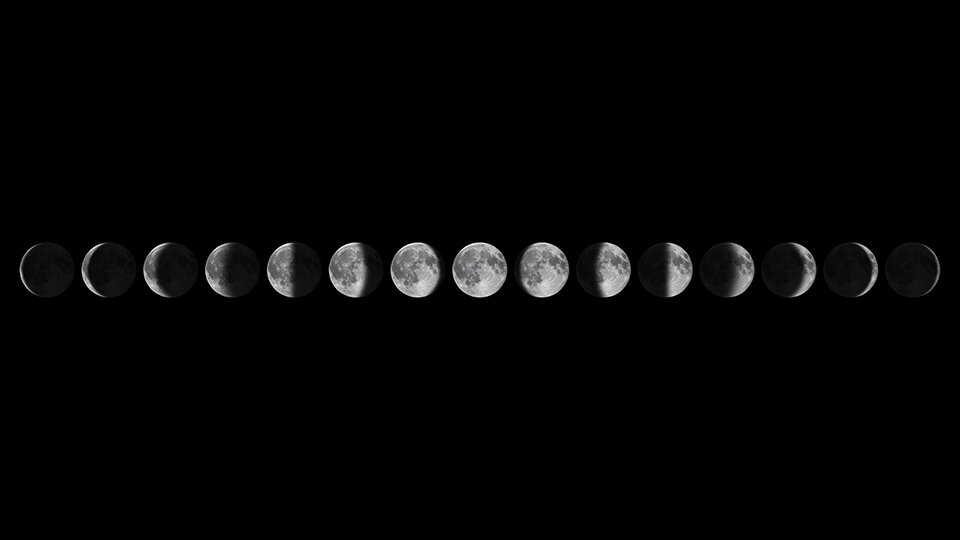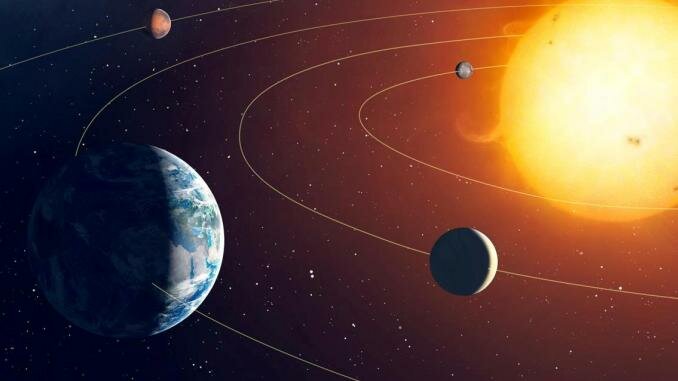
Using an anchor chart to teach about the phases of the moon is a great way to reinforce learning. The student should act out the phases of the moon using lamps or Styrofoam balls. It helps to remind students that one full circle of the Earth equals thirty minutes. You can also create your own lunar lander by combining a globe with an anchor chart. And you can always use a black construction paper sphere to mark the different phases.
For a more interactive method of teaching Moon Phases, try a game. Set up a ring on a string. Have students guess the phase of the moon, and then demonstrate the object with a flashlight. Repeat until every student understands the phases and the reasons behind them. It’s important to give students ample time to complete the activity. The goal is for them to be able to explain why different phases occur.
Several activities can be used to teach moon phases. For instance, students can act out a 30-day moon cycle with a flashlight or a popsicle stick. For a more hands-on approach, students can use a tennis or softball as the Earth. Alternatively, you can have them act out the phases of the moon in an actual environment and label them as they progress. In either case, it’s important for the student to take care of their eyes when using pointed pencils.
Another way to introduce moon phases is to model the phases with a styrofoam ball. Students can model the moon’s phases with a styrooam ball. Then, the students can write down words to describe the moon’s phases. These activities are especially helpful for younger students, who may not yet understand the concept of a shadow on a cloud. This activity is ideal for younger students.
Students can also make use of popular songs to teach the moon phases. A 341-second video by Cee Lo explains the moon’s phases. You can also try a rap version of the song for a rock-based moon-phase song. These two activities will help students understand the different phases of the moon. And they will also help them to visualize the lunar phenomena. When using these methods in a classroom, it is important to consider the age of the students.
If you’re teaching children about the moon, you may want to use a “Moon Phases Cards” handout for them to study at home. This handout lists the phases of the moon around the earth and includes a fun song about the moon. The “Moon Phases Card” also includes a printable activity where students can sort the moons into groups based on their names. This activity is a great way to teach kids about the phases of the sun and moon.
After explaining the phases of the moon, students can practice them by creating a lunar phase puzzle. Moreover, this game can also be used as a teaching tool. You can convert the printed version into an online interactive game or make the puzzles into printables. During the lesson, students can create a digital version of the puzzle. They can also use it in the classroom by pointing fingers. Then, they can practice their skills by creating a digital replica of the Moon phase on the plate.
The moon phases can be explained with a video. The segment features the Apollo 15 astronauts who collect samples from the lunar crust. The footage is perfect for students in middle school and high school. This video can be used as a teaching tool. It provides information on the phases and the length of the lunar cycle. In addition, it contains several fun and educational activities that can be easily implemented into a lesson plan. Then, the moon phases will become an integral part of your lessons.
In addition to viewing the moon, you can also make a film about the phases of the moon. If your students do not know what the moon is, show them a movie on the moon or use a brain-teaser app. Using the moon for educational purposes will increase their knowledge about the moon. And remember that the moon is the symbol of love. So, make sure to teach your students the phases of the planets.




